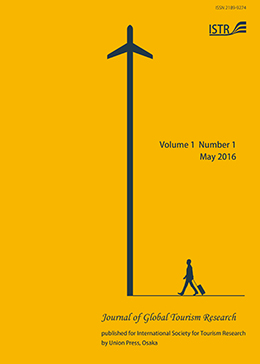7 巻, 1 号
選択された号の論文の11件中1~11を表示しています
- |<
- <
- 1
- >
- >|
Preface
-
2022 年 7 巻 1 号 p. 5-6
発行日: 2022年
公開日: 2022/06/01
PDF形式でダウンロード (836K)
Feature Article
-
2022 年 7 巻 1 号 p. 7-12
発行日: 2022年
公開日: 2022/06/01
PDF形式でダウンロード (1128K)
Opinion
-
2022 年 7 巻 1 号 p. 13-20
発行日: 2022年
公開日: 2022/06/01
PDF形式でダウンロード (642K)
Original Article
-
2022 年 7 巻 1 号 p. 21-26
発行日: 2022年
公開日: 2022/06/01
PDF形式でダウンロード (629K) -
Verification of the Japanese version of the service-oriented organization citizenship behavior scale2022 年 7 巻 1 号 p. 27-36
発行日: 2022年
公開日: 2022/06/01
PDF形式でダウンロード (683K) -
2022 年 7 巻 1 号 p. 37-45
発行日: 2022年
公開日: 2022/06/01
PDF形式でダウンロード (649K) -
2022 年 7 巻 1 号 p. 47-51
発行日: 2022年
公開日: 2022/06/01
PDF形式でダウンロード (513K) -
2022 年 7 巻 1 号 p. 53-60
発行日: 2022年
公開日: 2022/06/01
PDF形式でダウンロード (3545K) -
2022 年 7 巻 1 号 p. 61-68
発行日: 2022年
公開日: 2022/06/01
PDF形式でダウンロード (552K)
Research Letter
-
2022 年 7 巻 1 号 p. 69-74
発行日: 2022年
公開日: 2022/06/01
PDF形式でダウンロード (862K)
Technical Report
-
2022 年 7 巻 1 号 p. 75-79
発行日: 2022年
公開日: 2022/06/01
PDF形式でダウンロード (1221K)
- |<
- <
- 1
- >
- >|
